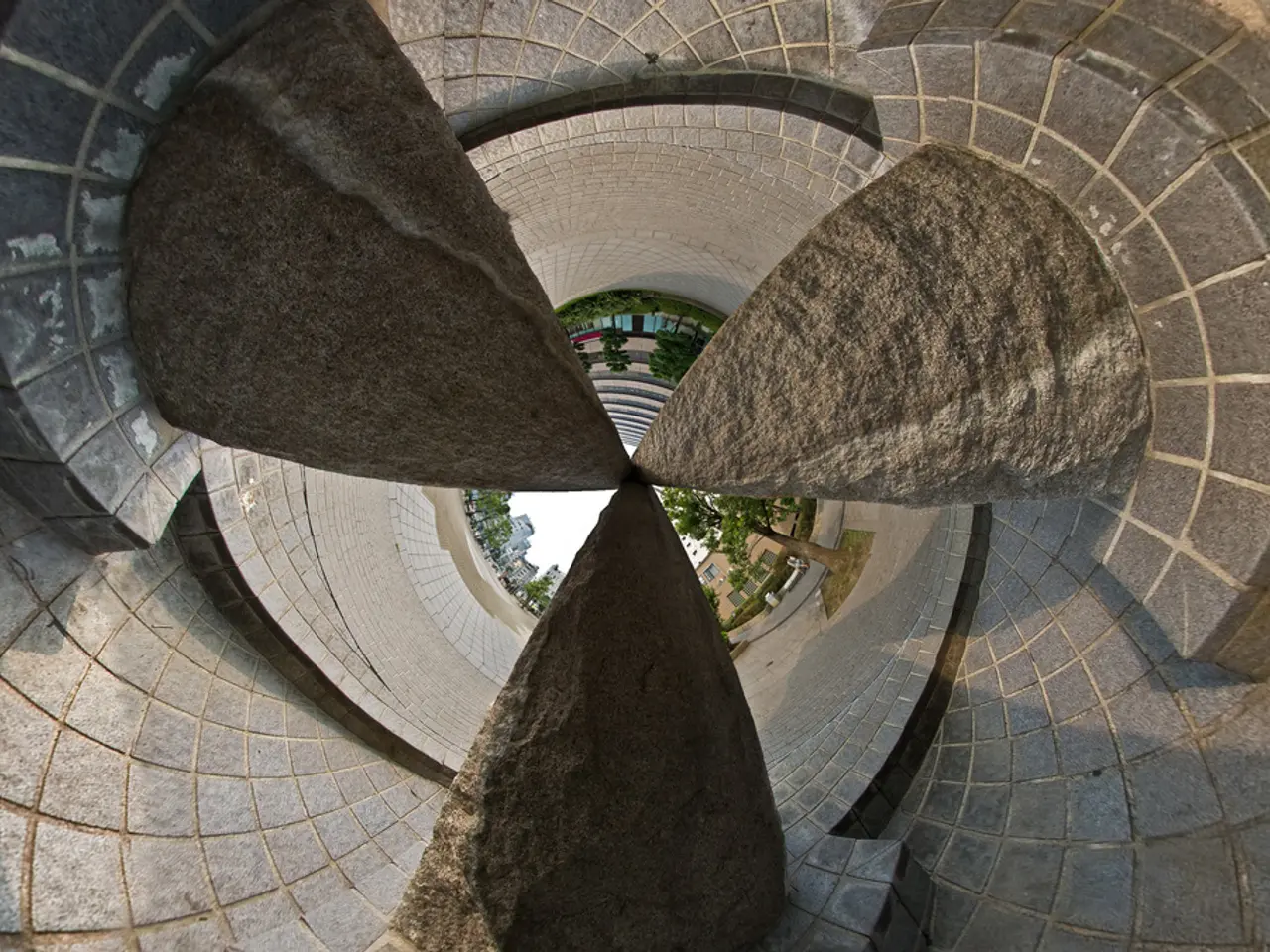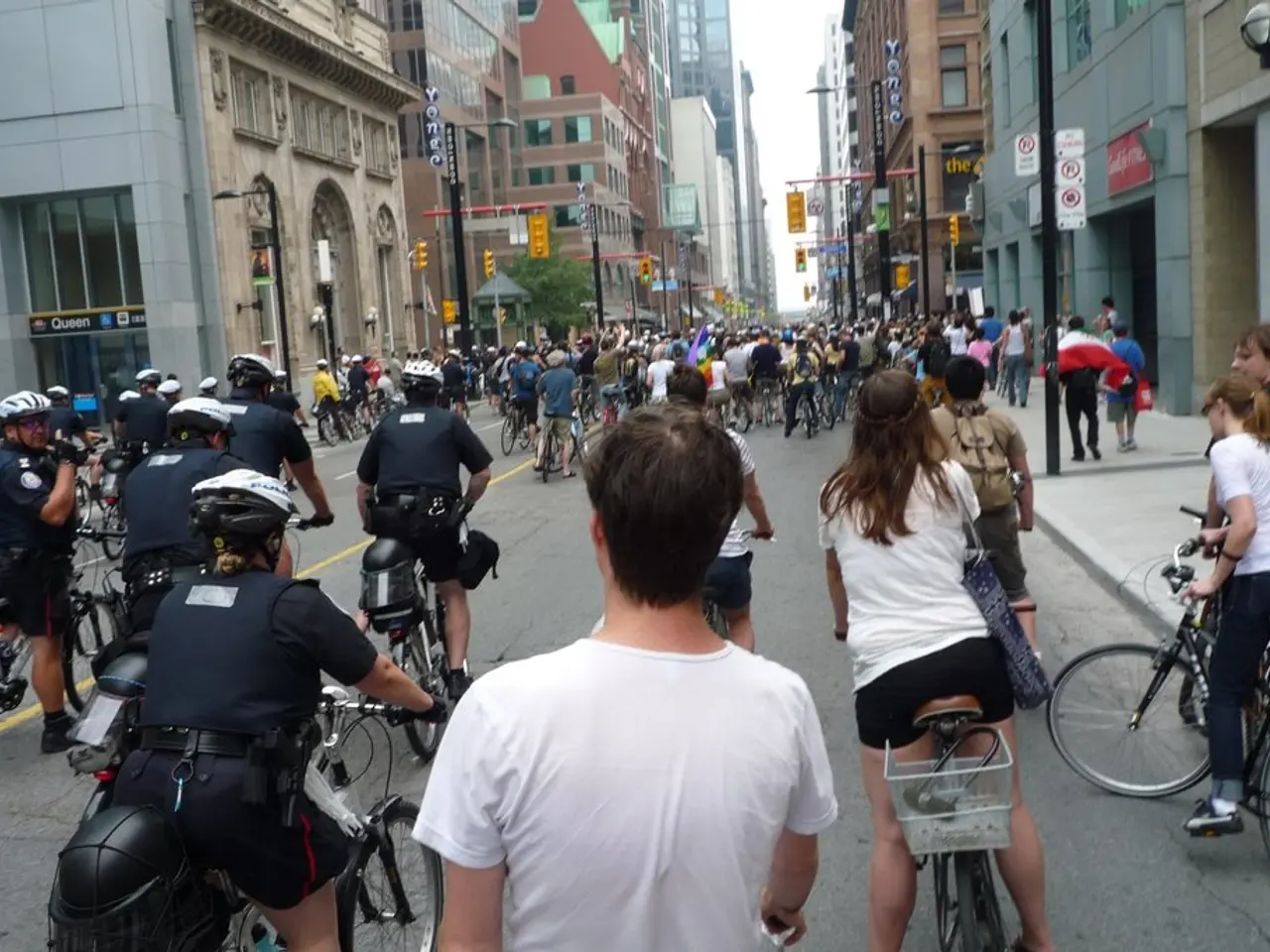Story of Two Barriers or Narrative of Two Barricades
In the heart of Africa, the Great Green Wall (GGW) project is making significant strides in Senegal, with over 11 million trees planted to combat desertification and restore biodiversity. The initiative, aiming to restore 100 million hectares across the Sahel by 2030, is not only addressing land degradation but also improving food security and livelihoods for local communities.
The project in Senegal is providing tangible benefits for local communities. More than 400 women and their families have gained reliable access to nutrition and income through reforestation efforts and community nurseries. Training initiatives such as Farmer-Managed Natural Regeneration (FMNR) are empowering farmers to steward their land sustainably, enhancing both ecological restoration and economic resilience. The expansion into northern Senegal’s arid, pastoral lands addresses a frontline area of climate change vulnerability.
Collaboration between governments, NGOs, and local communities is essential to achieve lasting land restoration and peace in conflict-prone regions. Restoring degraded land helps reduce resource-based conflicts and supports socio-economic stability. However, the project faces challenges such as conflicts between sedentary and pastoralist communities, which have limited progress in some areas.
On the other side of the globe, the US-Mexico border is a sparse patchwork of about 650 miles of walls and barriers. The border wall, proposed by former President Trump, is not feasible in its proposed, singular form and has been estimated to cost $21.6 billion by the Department of Homeland Security. The wall, now a symbol of white supremacy according to some, stands in opposition to everything we propose we are, perpetuating violence and oppression against those who approach it.
Immigrants and immigrant families continue to cross over the US-Mexico border, despite triple security measures. They are metered out by Border Patrol agents, limiting those applying for asylum to a certain number per day. The wall will hardly make a dent in drug trafficking and is unlikely to affect terrorism. US-Mexican border walls are likely to interfere with migration patterns and create habitat destruction for the 91 endangered and threatened species there.
In the holding centers, immigrants are brought, nicknamed La Hielera, or "the ice box," because of its frigid temperatures. The maximum hold time in these facilities is 72 hours, but immigrants report being detained there for up to a week or, for one person, 13 days. The power of the wall is in its symbolism, representing the values the US actually holds, which are "codified and reified in the physical environment."
While the Great Green Wall in Senegal is advancing well with community-led reforestation, creating environmental restoration and socio-economic benefits that improve food security, income, and ecosystem health, the border wall continues to divide and oppress. It's time to begin to create architecture that reflects our true values, one that welcomes immigrants, refugees, and asylum-seekers, rather than turning them away.
- The Great Green Wall project, aiming to restore degraded land and combat desertification, has established community nurseries in Senegal, providing economic opportunities for over 400 local women.
- In the field of environmental science, the implementation of the Farmer-Managed Natural Regeneration (FMNR) training initiative in Senegal is empowering farmers to sustainably manage their land and improve the ecological balance.
- Politics and culture intersect in the controversial issue of border walls, as a proposed wall on the US-Mexico border stands as a symbol of white supremacy, perpetuating violence and oppression.
- In the realm of science and climate change, the US-Mexico border wall, if built, would potentially interfere with the migration patterns and habitats of 91 endangered and threatened species.
- Looking forward, it's crucial to reconsider the type of architecture we create, working towards structures that uphold our values of welcoming immigrants, refugees, and asylum-seekers, as opposed to dividing and oppressing them.








